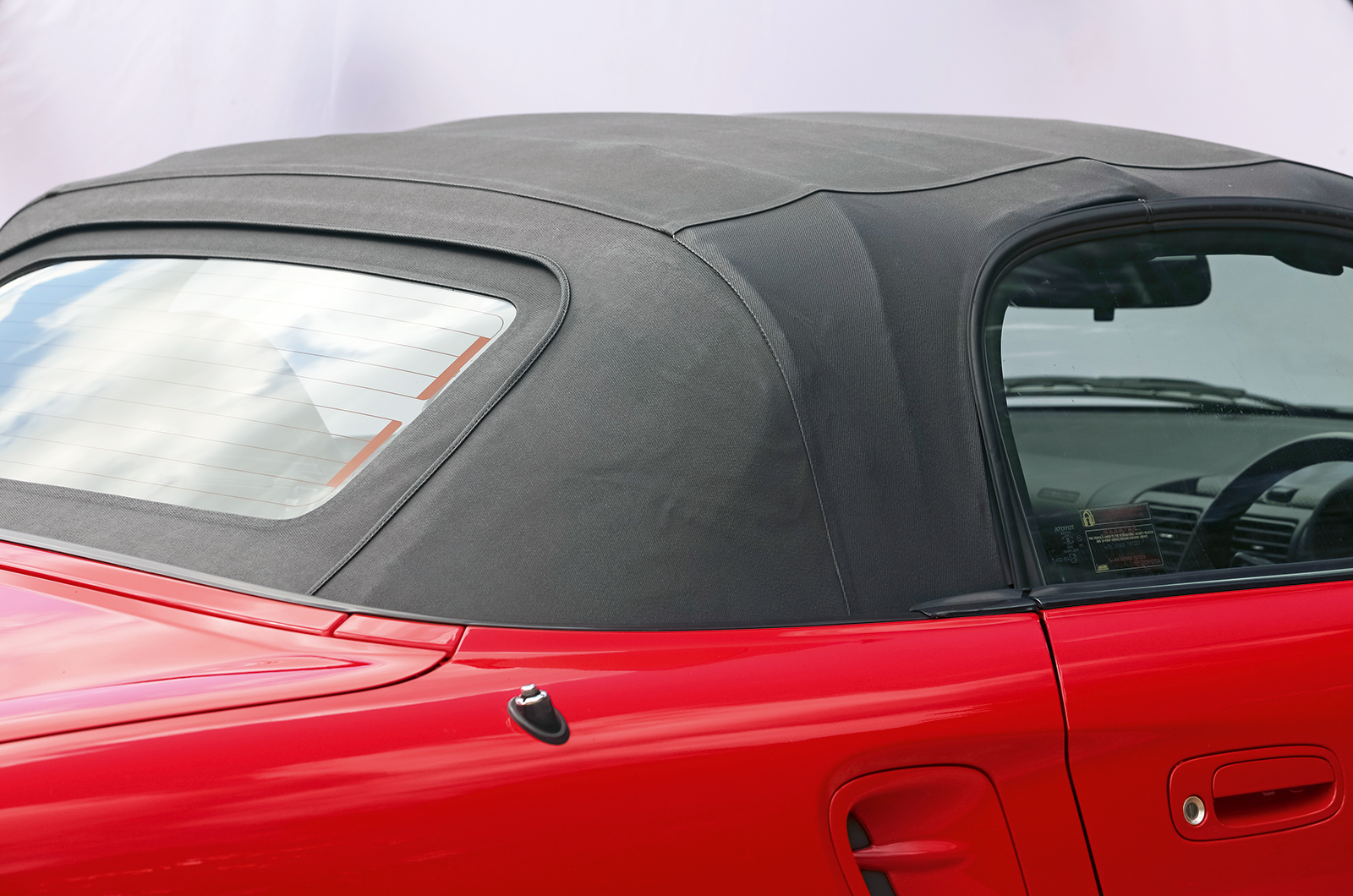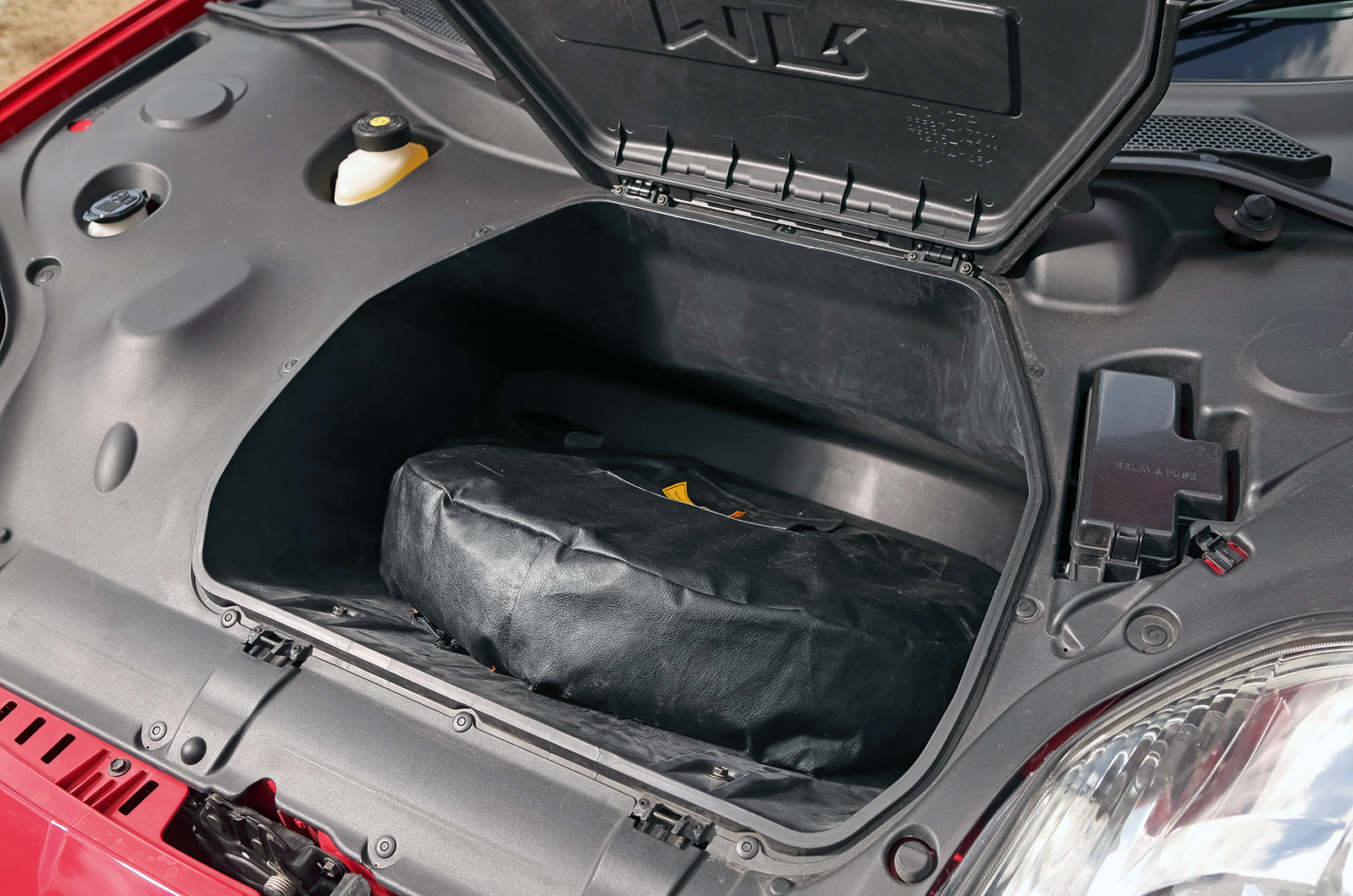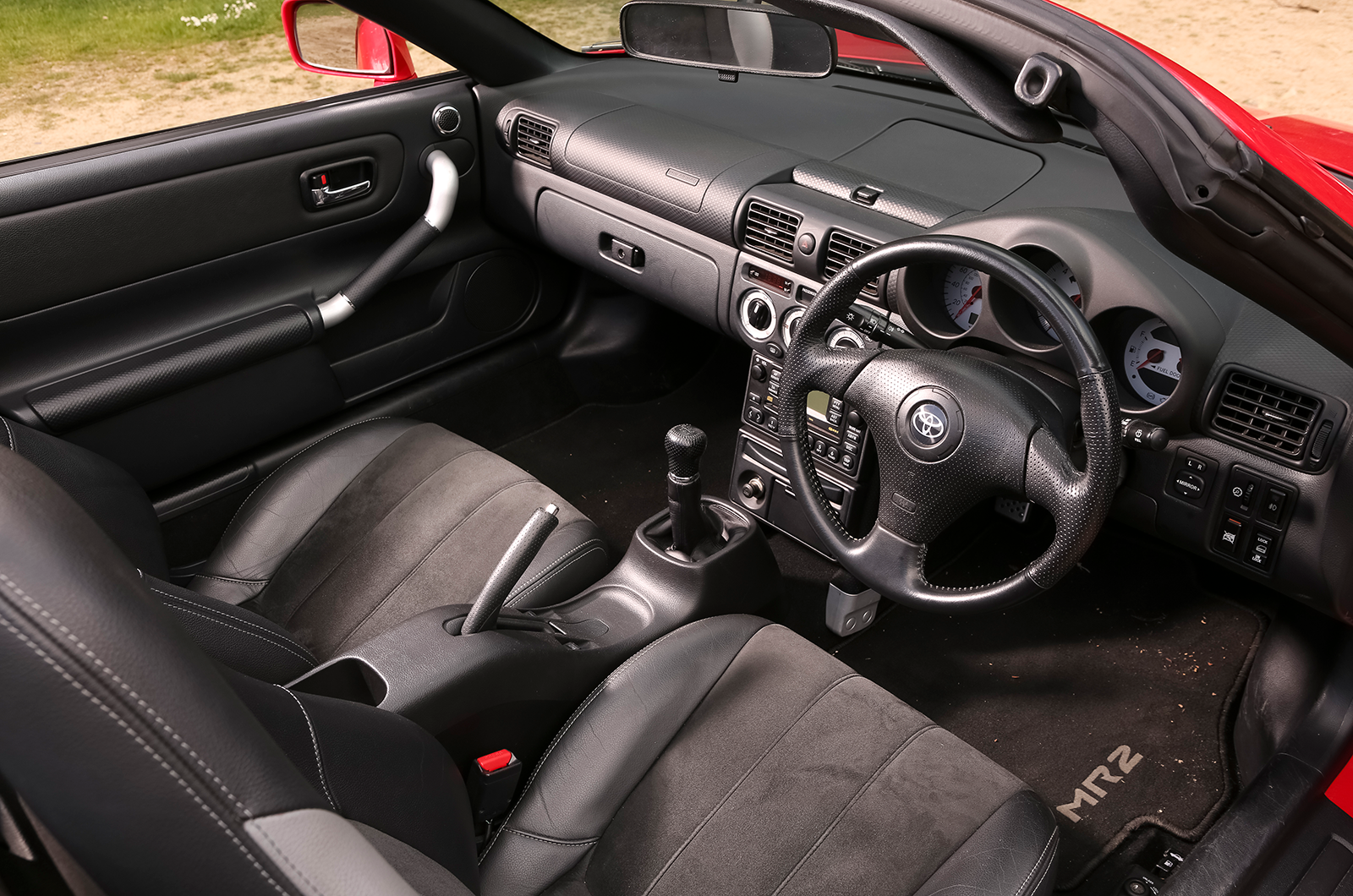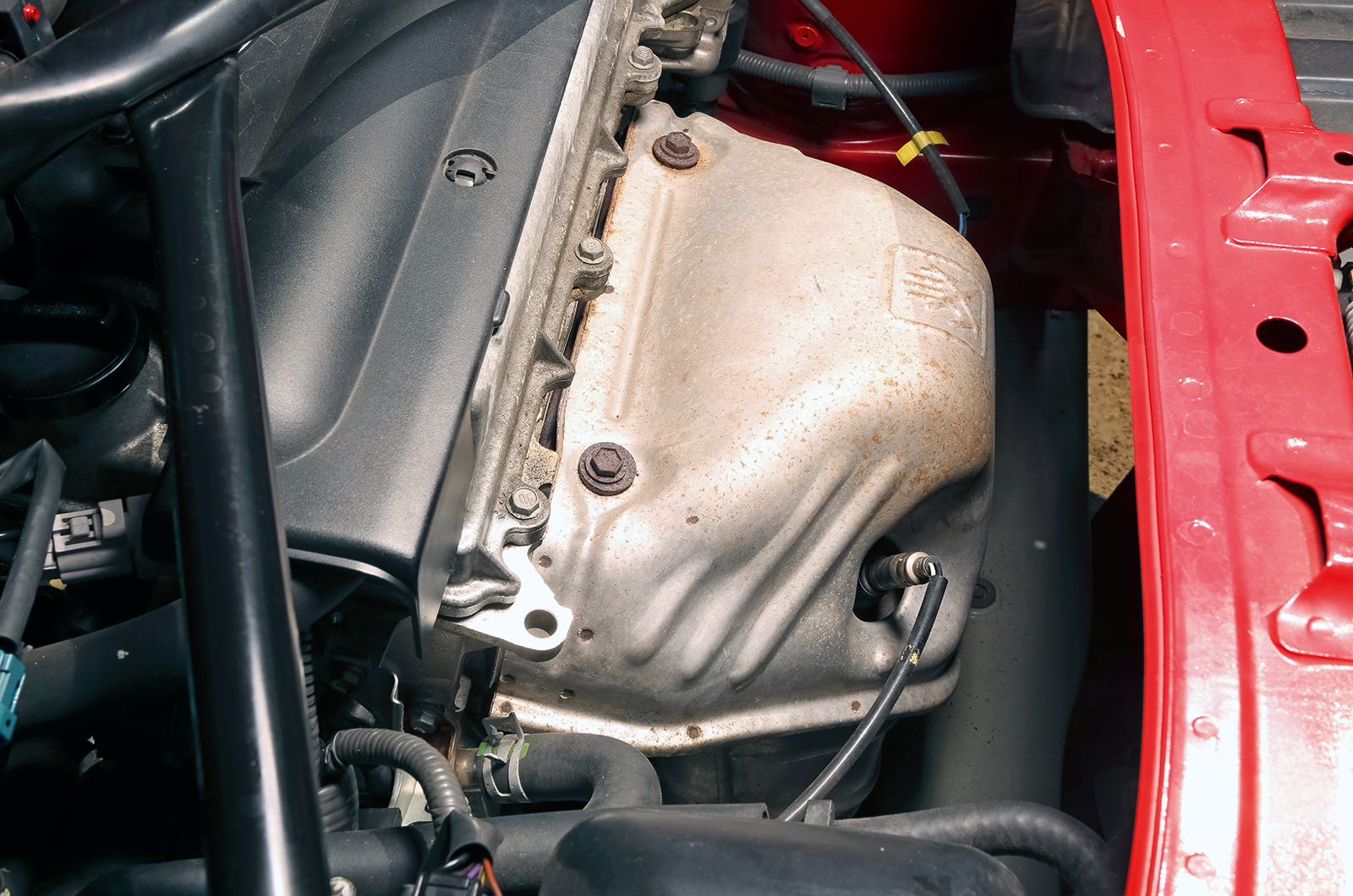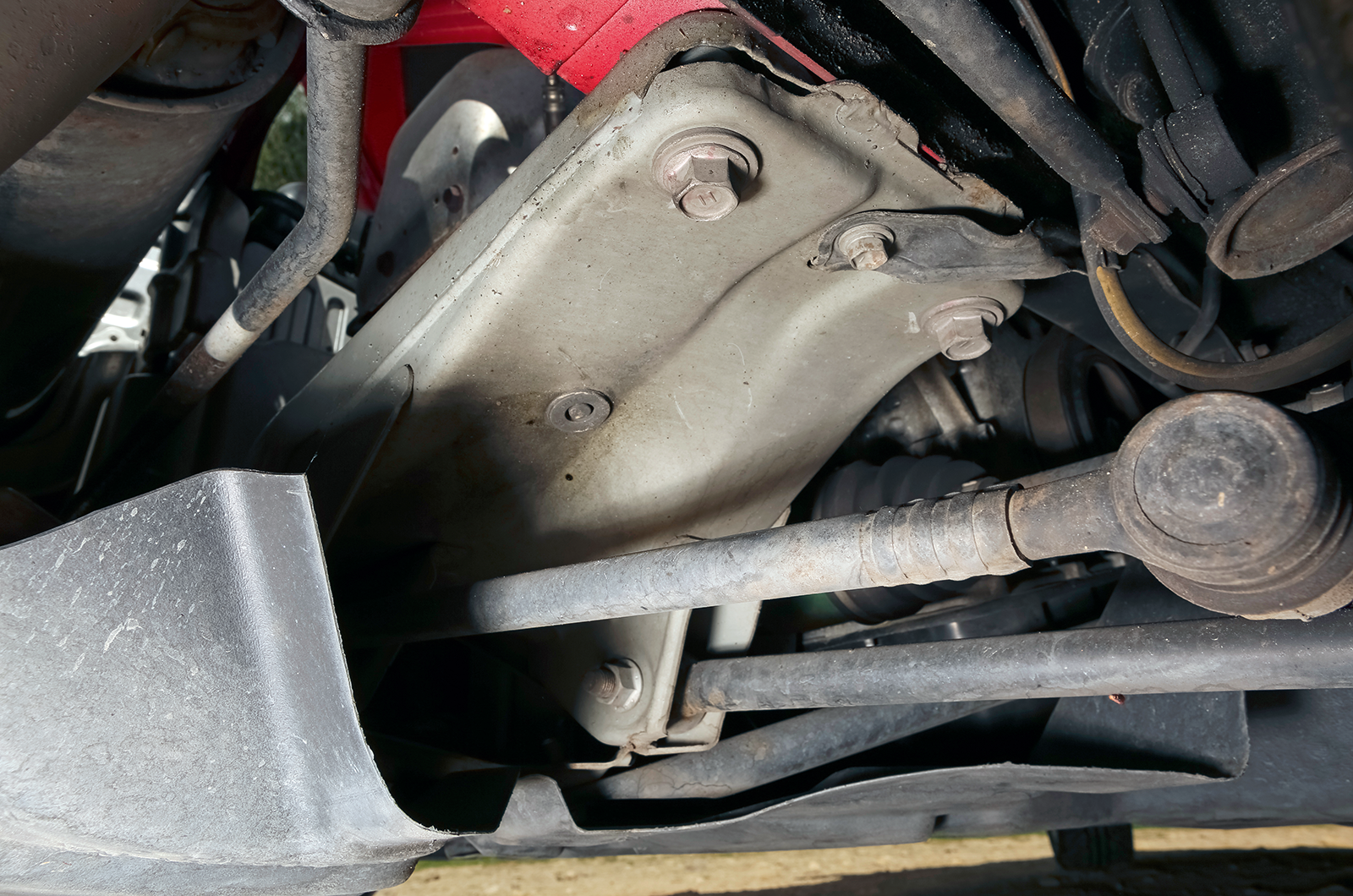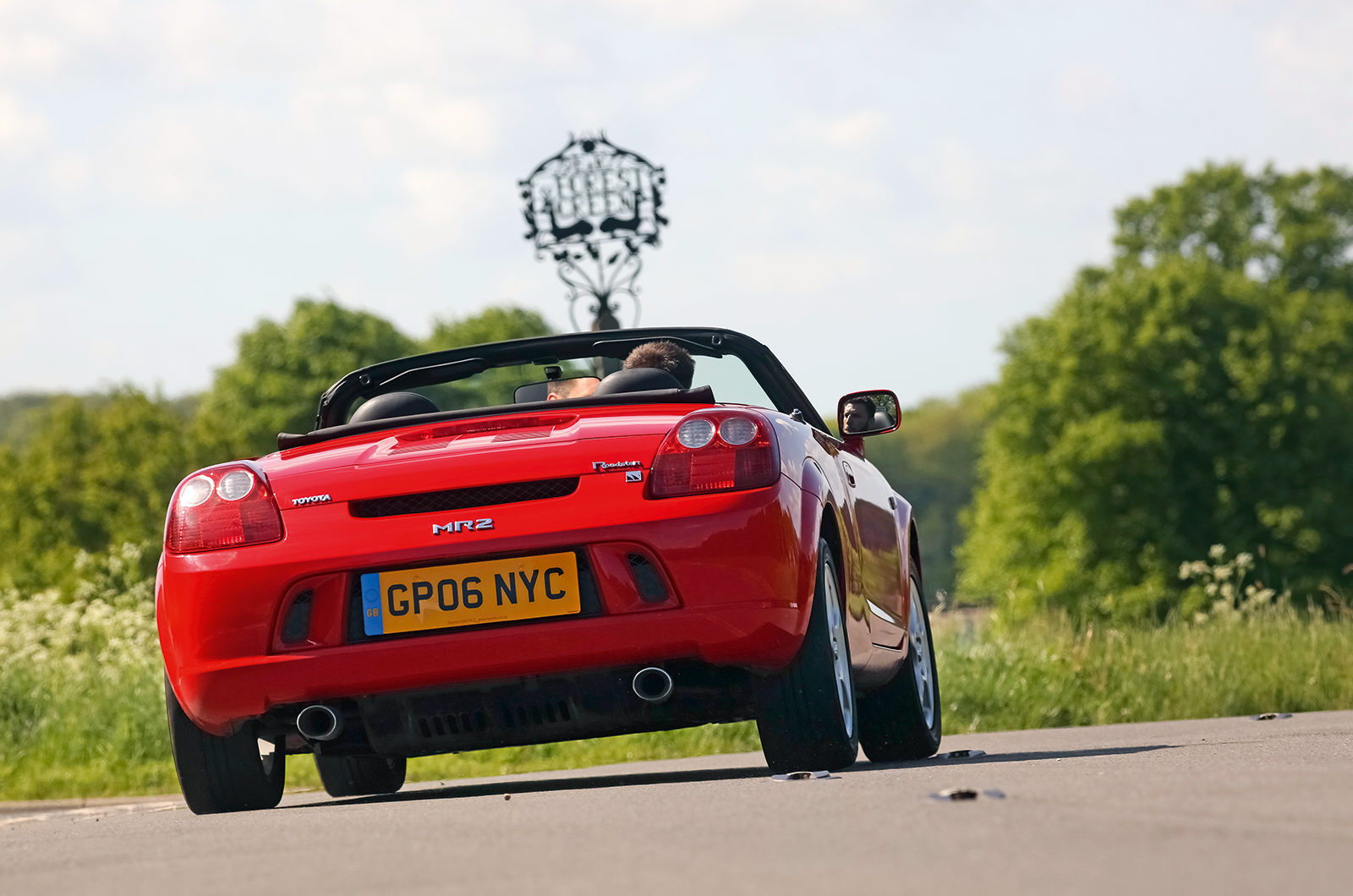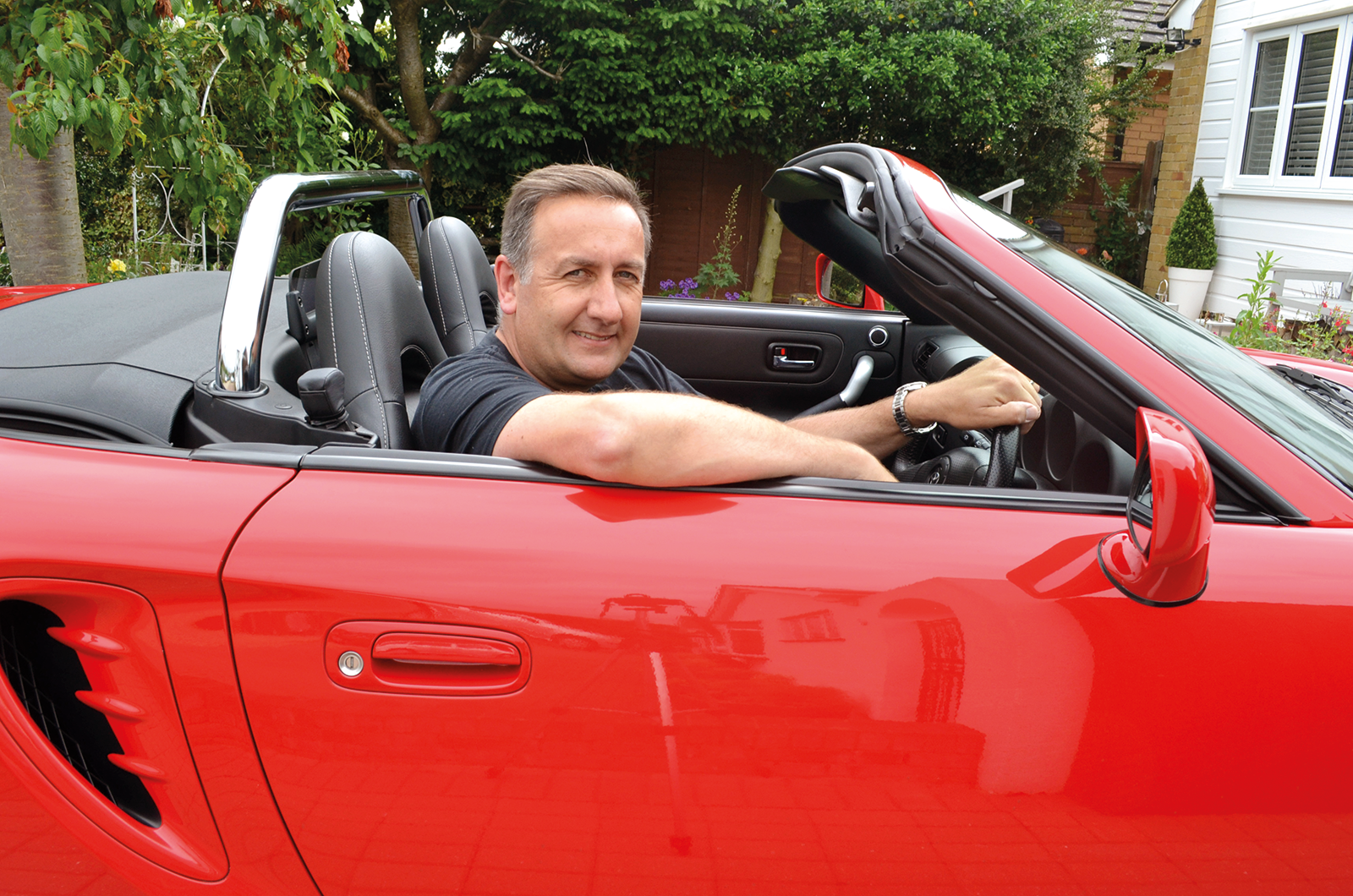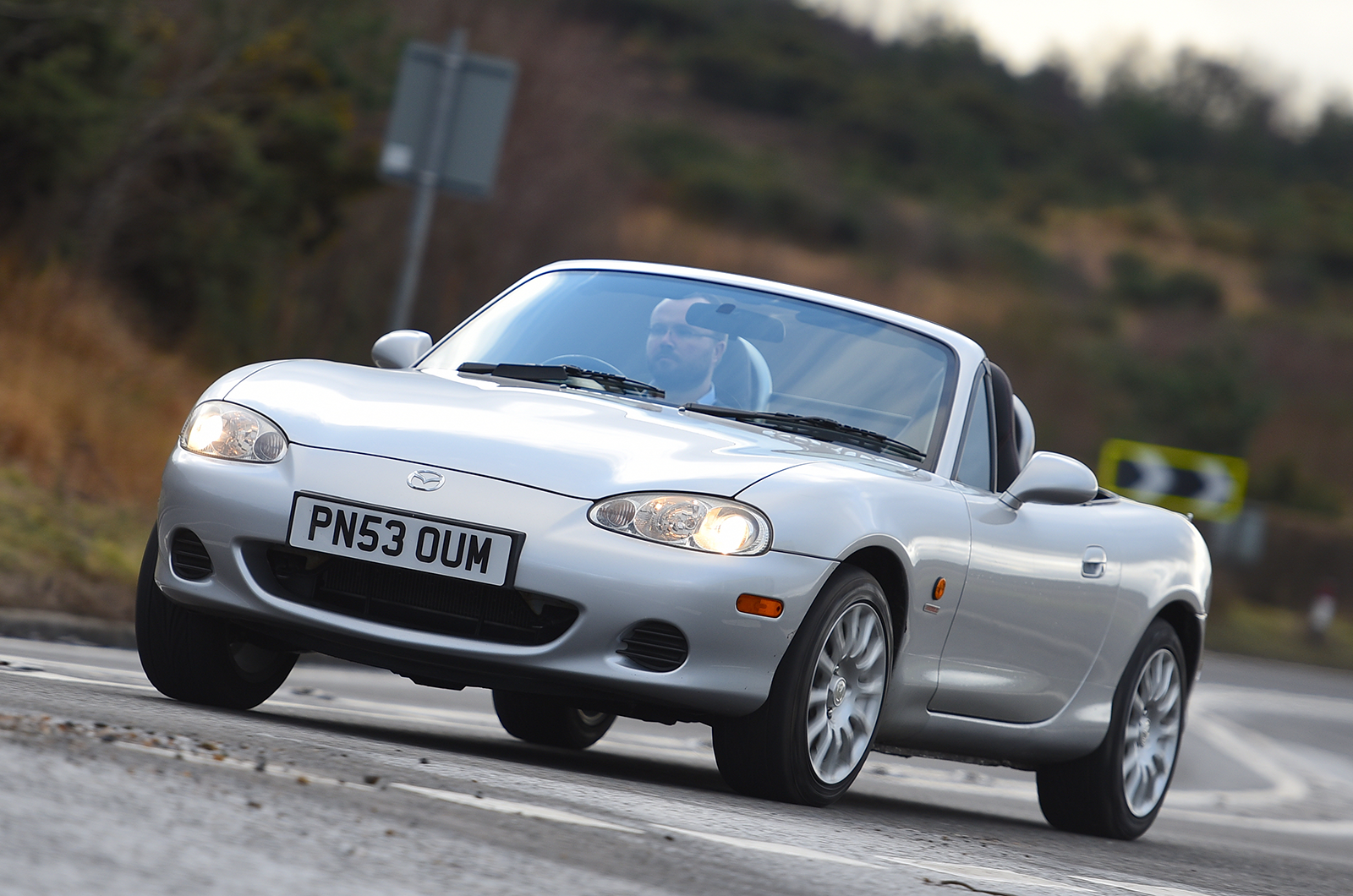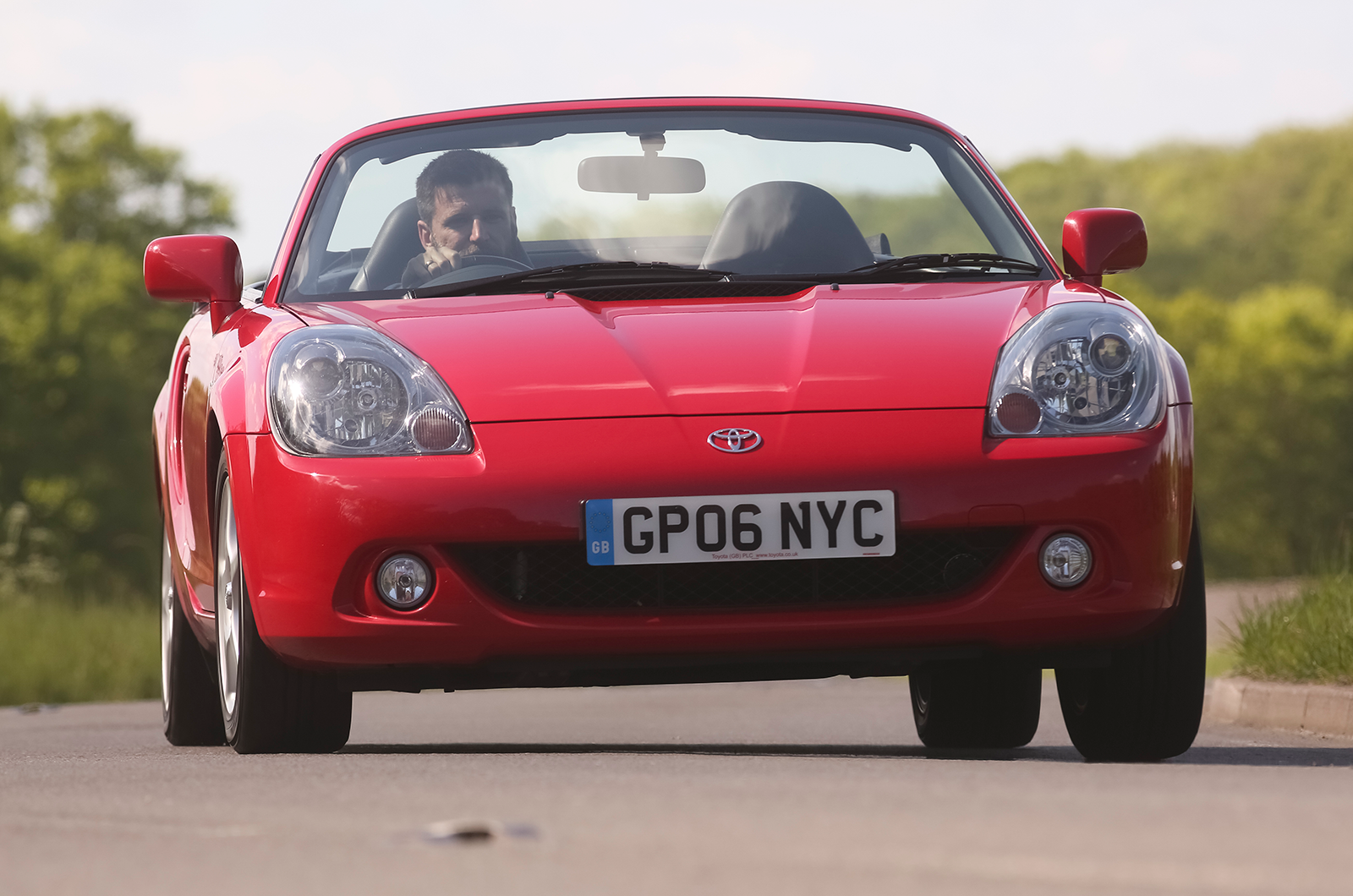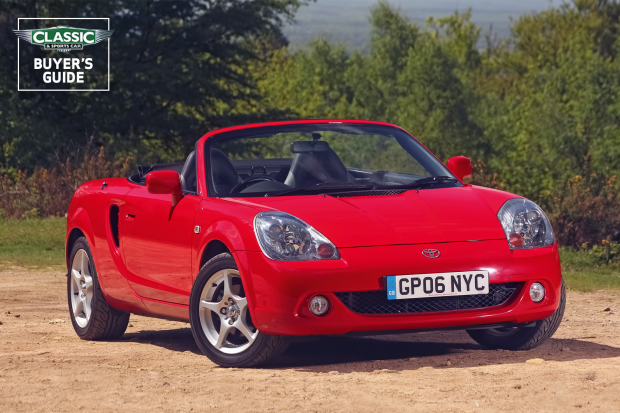
Why you’d want one
It’s tempting: a great-handling, good-looking, sparkling sports car with contemporary Japanese reliability standards, from just £1000. But is it simply too good to be true?
The most common criticism of the Mk3 MR2 is the lack of luggage space: there’s room behind the seats for a weekend’s soft bags for two, but you’d struggle to pack for a week away – there’s far more space in an MX-5 or MGF.
Toyota worked hard to turn the MR2 into a nimble roadster: the W30 is lighter than the original W10, and less powerful than the W20, but combines a superbly flexible engine with sharp handling, excellent brakes, a good gearbox (better in six-speed form from late 2002) and a great soft-top to make a fun sports car.
Like most moderns, body rot is not a major concern, except rarely where past accident damage was poorly repaired: corrosion can still strike specific areas, but the major checkpoints are mechanical issues specific to contemporary engines, which can cause abrupt failure that is too costly to justify repair. It’s definitely worth investing in a good quality fault-code reader: failing lambda sensors may be an indication of pre-cat issues, the biggest worry.
The rare (in the UK) SMT semi-auto was basically a clutchless gearchange with a stick shift; although the ECU can give trouble, it can be fun to drive, especially the faster-changing six-speed unit from late 2002: prices are similar to manual cars.



